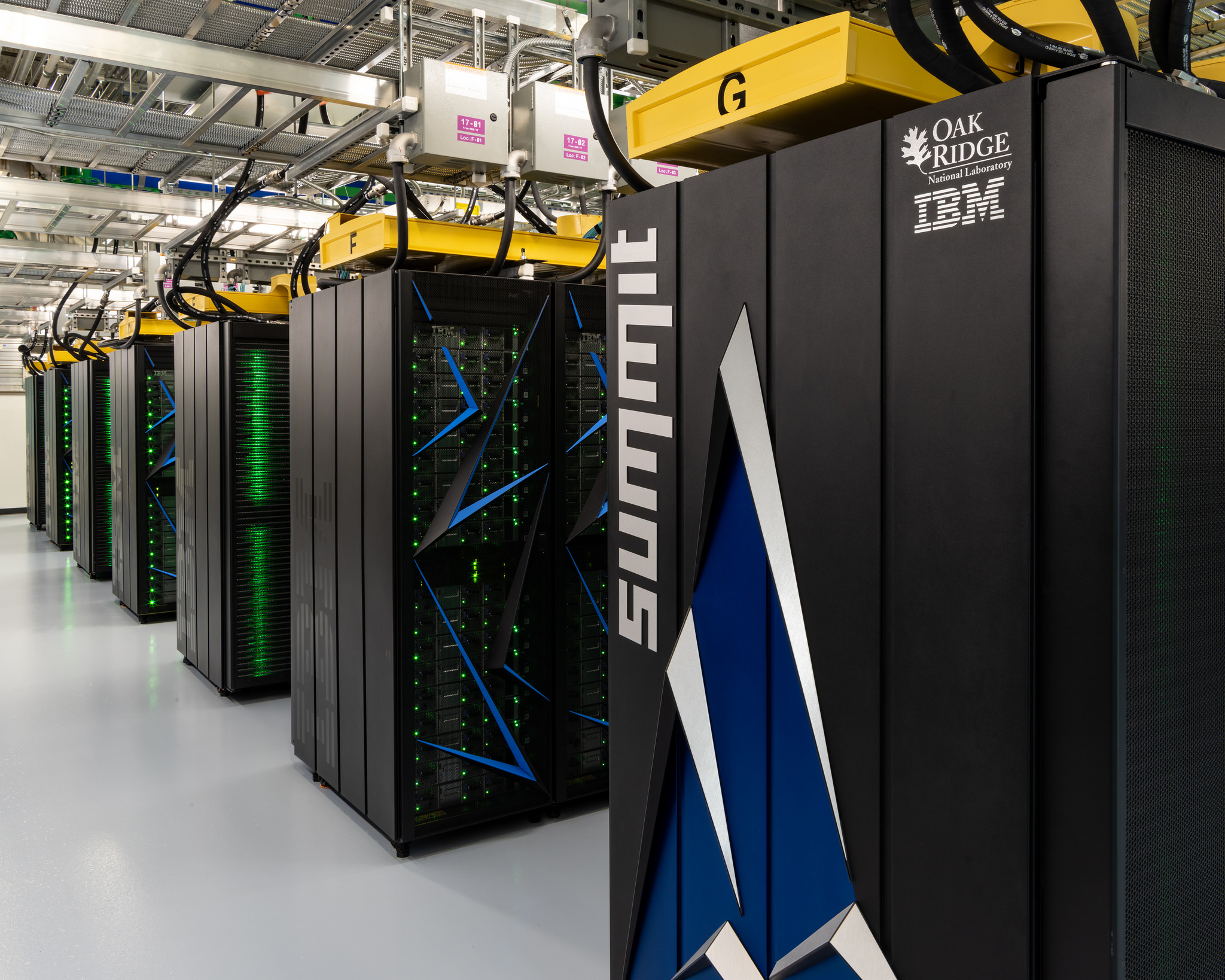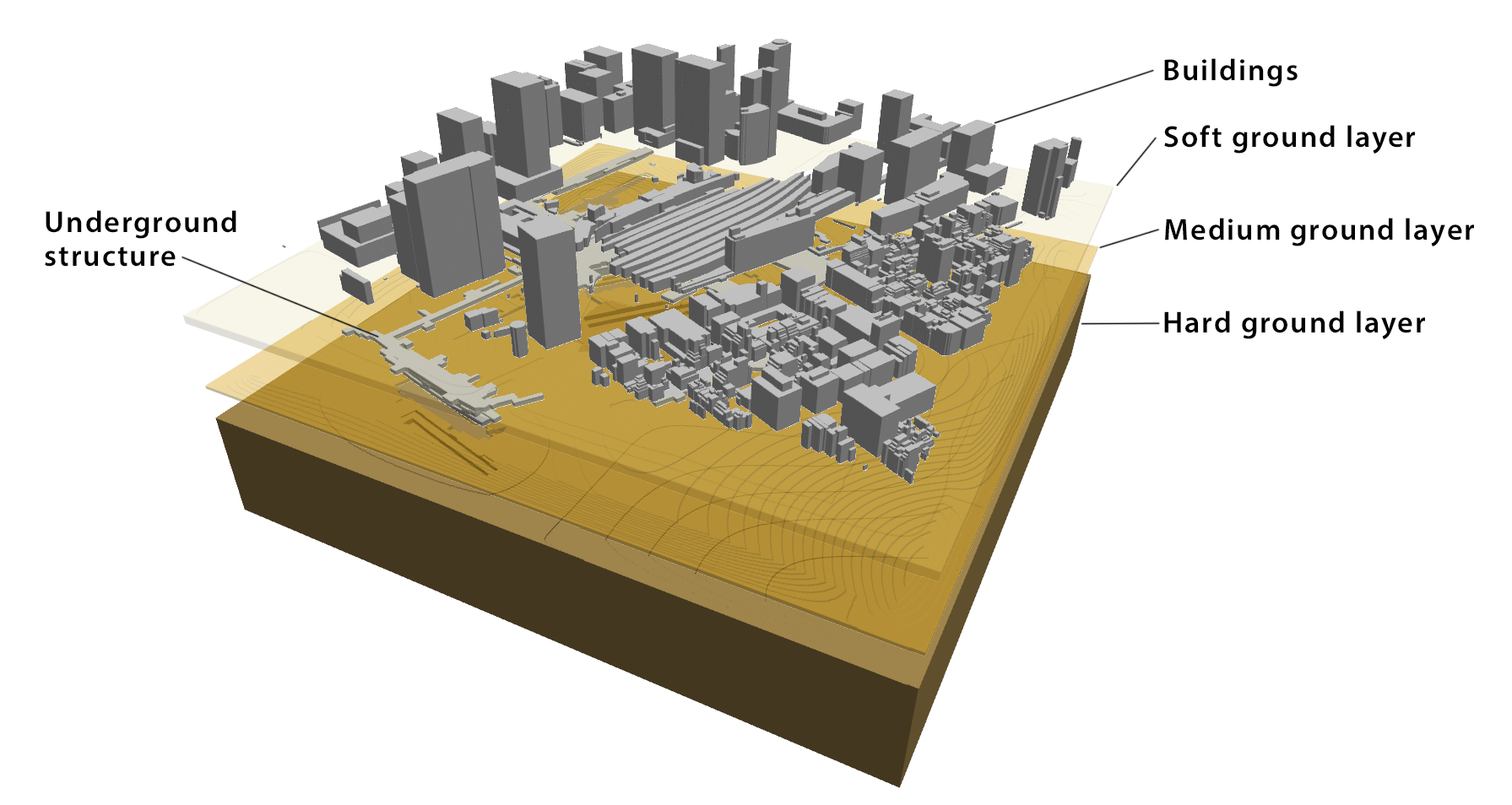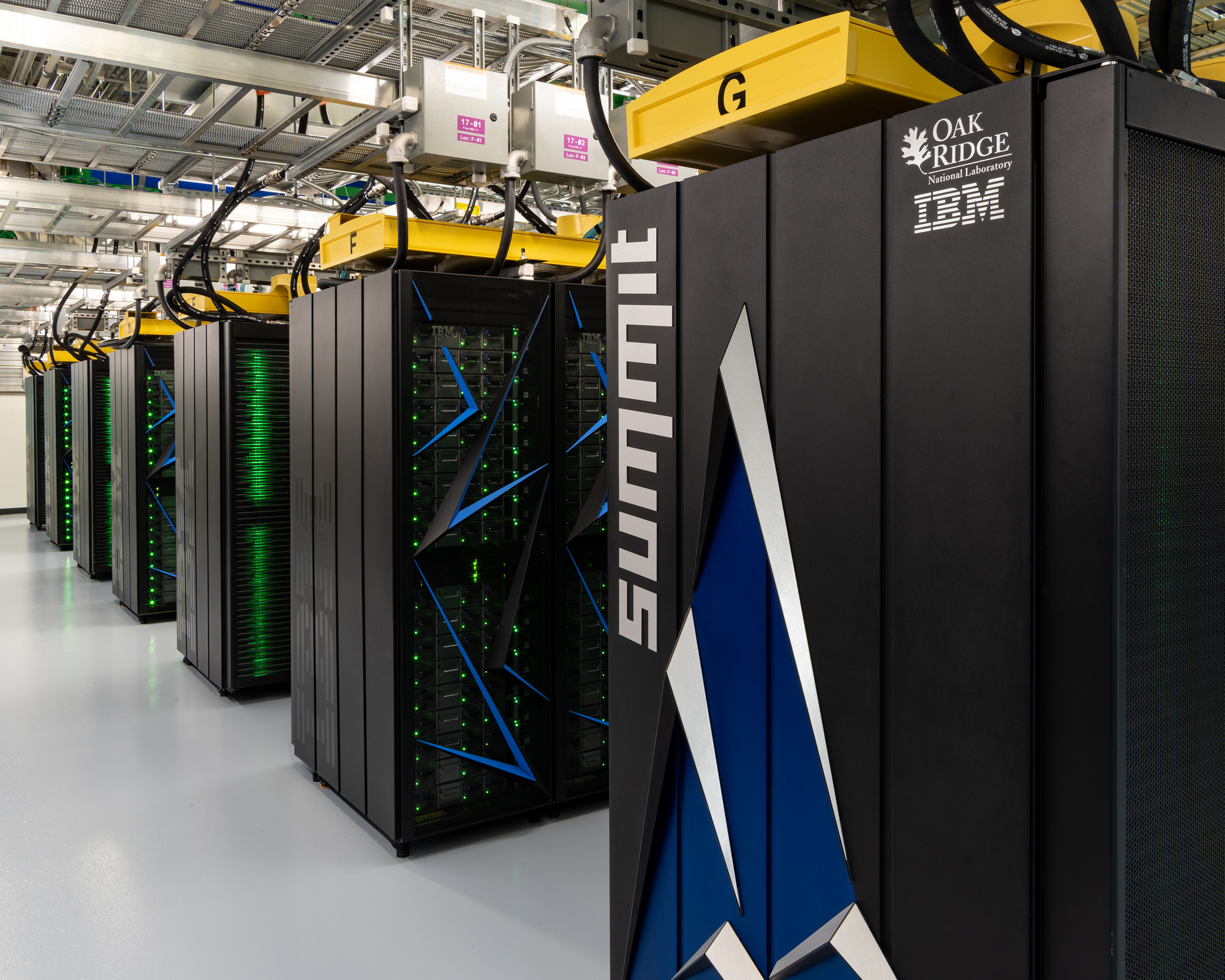Earthquake researchers finalists for supercomputing prize Computer scientists use artificial intelligence to boost an earthquake physics simulator

A team of researchers from the Earthquake Research Institute, Department of Civil Engineering and Information Technology Center at the University of Tokyo, and the RIKEN Center for Computational Science and RIKEN Center for Advanced Intelligence Project in Japan were finalists for the coveted Gordon Bell Prize for outstanding achievements in high-performance computing. Tsuyoshi Ichimura together with Kohei Fujita, Takuma Yamaguchi, Kengo Nakajima, Muneo Hori and Lalith Maddegedara were praised for their simulation of earthquake physics in complex urban environments.

Various layers of the earth plus buildings on top of and within them behave differently during an earthquake. Interactions between these layers expound complexity of earthquake models. Image: © 2018 Earthquake Research Institute, The University of Tokyo.
Earthquakes are a huge problem in many places around the world including, famously, Japan. They can be devastating and Ichimura’s team use coding prowess with the power of supercomputers to generate models for disaster mitigation and response.
Realistic earthquake simulations are difficult due to wide-ranging physical phenomena operating at different scales. This complex problem led the team to devise novel strategies involving artificial intelligence (AI) to model earthquakes in urban centers with a high degree of accuracy.
"In the field of computer science there is a big gap between AI and physics-based simulations," said Ichimura. "We felt there was scope to enhance performance of our simulation by bridging this gap. And that feeling turned out to be true."
Their mixed-methodology approach utilized AI and varying degrees of mathematical precision to create a completely new code for the simulation - with unprecedented efficiency. This new code achieved an almost fourfold increase in speed over the team’s previous incarnation.

The Summit supercomputer has 9,216 processors manufactured by IBM and 27,648 graphic processing units produced by Nvidia, advanced versions of those found in gaming PCs. Image: © 2018 Carlos Jones/ORNL
Traditionally, physical simulations require great numerical accuracy to obtain results that correspond well with observed reality. To achieve this precision requires a lot of computing time, which consumes a great amount of power. What makes this new method unique is how the AI component of the system learns where precision is most useful and where it can be reduced without sacrificing overall accuracy, so the simulation can run in less time than if it lacked the AI.
The team’s code ran on the state-of-the-art Summit supercomputer at the Oak Ridge National Laboratory in the U.S. The researchers made this code adaptable for other uses and scalable for use on different computer systems such as the K computer at RIKEN and Piz Daint at the Swiss National Supercomputing Centre.
"Our code is an entirely new kind of problem solver, which is a frontier in this field," concludes Ichimura. "We expect this new code will find its way into a new generation of physical simulators. We hope this helps people better understand, predict and prepare for earthquakes."






